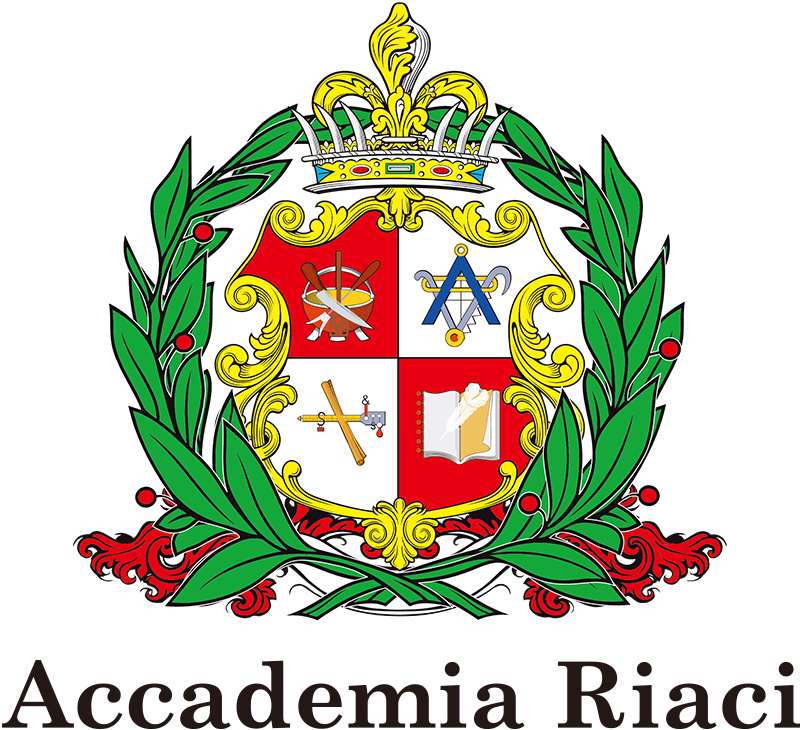NEWS and Blog
Dec. 19, 2013 | Posted in Reports, Glass Art, Interior Design | Tags:
Staff Blog≫ Art Glass (third month of lessons, 10th Dec)
Today we visited Prof. Angela’s glass art atelier.
The course addresses in order: painting exercises (Pittura), mosaic techniques (Mosaico), Tiffany-style techniques and fusing methods (Fusione). At the beginning, students create relatively simple paintings and mosaics. (The course content may depende on the course period and student’s experience, preference etc.)
From the main entrance, the entire atelier is decorated with Prof. Angela’s works.
The ornament covering the entire surface of a tall vase.
The atelier is very bright, and there is a spacious work table where students can learn comfortably.
Natural light entering from the ceiling conveys a pleasant feeling.
In this lesson we follow the work of a student enrolled in 1-year course, decorating glass with painting.
Although she didn’t have any experience in glasswork nor in painting, she is very talented in drawing and manual work, since the very first work she made good works.
Prof. Angela looks very satisfied as she proudly explains works of her student.
This is the student’s first glasswork. Indeed, it is difficult to believe that it is her very first work.
Here, Prof. Angela is checking her second work. On its side, you can see the outline for her third work.
The student has fixed the part pointed out by the teacher, and the work is almost completed!
As for her third work, it is necessary to wait a bit until the edge lines dry, so, in the meantime the student starts her fourth work.
She has already drawn a rough sketch of an owl. Also at this very early design stage, it’s essential to draw keeping in mind the overall composition and finished work. The student explains that it is a bit challenging work for her, since she didn’t have any prior drawing experience.
This technique allows creating artworks similar to stained glass relatively easily, so it’s very suitable for beginners.
You put a plate of glass on the sketch paper, and first attach the lead string with sticker on the other side along the design lines. Since the string is thick they cut it vertically in 2 equal parts.
The student starts applying the lead string from the corners, then fixes it with her finger and uses a roller to make them adhere well. For the parts difficult to put the string, you can rotate the plate together with the design underneath, but pay attention not to create gaps between the design and the lead lines.
The student applies the lead string on the design lines.
The student applies the lead string also on the branch where the owl is perched.
For the owl’s tiny details, a thin brush will be used to draw the lines, instead of thick lead string. So she starts soldering the lead string to fix the previously attached lead lines.
Touch lightly the solder to the lead bar, when it melts a little, move to bring the drop of fused lead to the target part. Holding the solder to the lead bar too long makes it melt too much and drop off from the solder before arriving to the point.
The student is connecting the fragmented parts with the solder.
Prof. Angela’s passion for Glass Art comes from her junior high school teacher. However, after that she attended a normal high school since she didn’t have the possibility to continue studying in an art school. That’s why Prof. Angela tells us that that what’s really important is to have passion and artistic sense, even if you didn’t attend an art school.
This is the classroom for theoretical lessons. The atmosphere is really cozy and welcoming.
Color tubes.
An array of colorful materials is disposed on the shelves.















